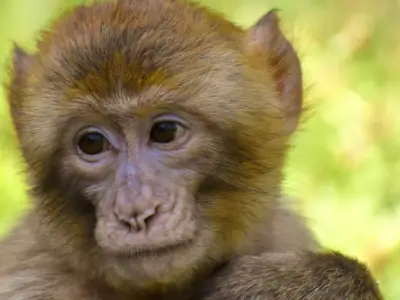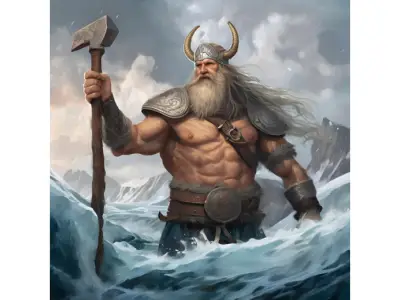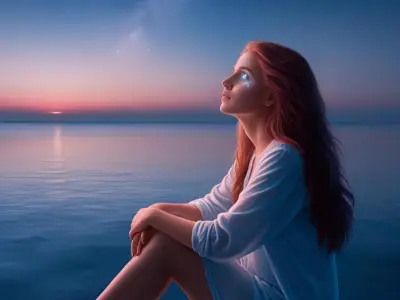Hinduism is the third largest religion in the world, and venerates a vast and diverse pantheon of gods and goddesses. The importance of specific deities can vary depending on different traditions, regional practices, and interpretations, with Vaishnavism, Shaivism, Shaktism and Smartism being the four major traditions (or denominations) of Hinduism.
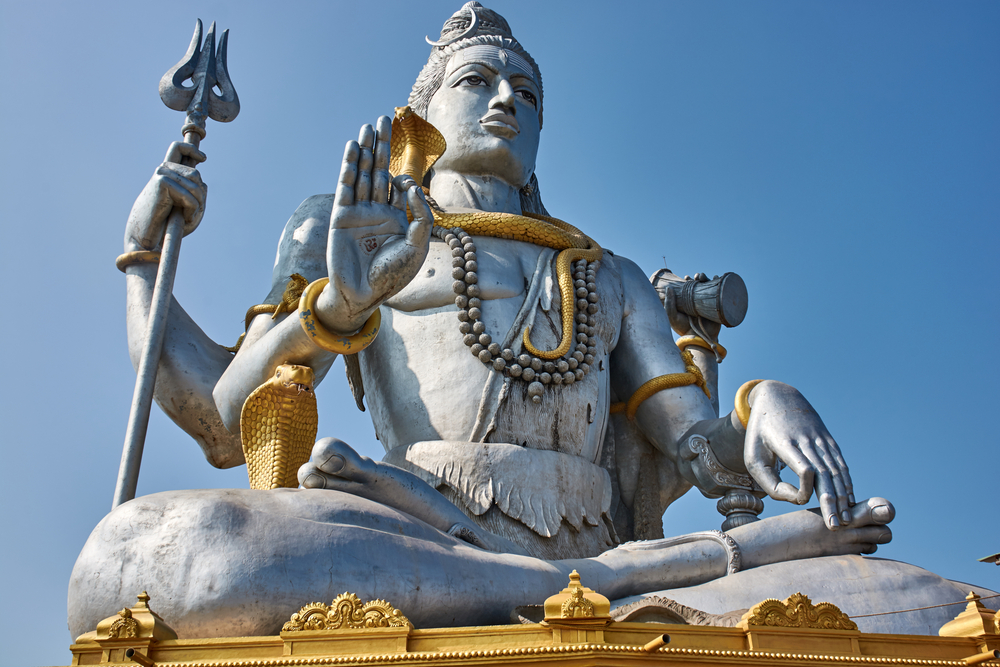
How Many Deities Are There in the Hindu Pantheon?
It’s difficult to number the deities in the Hindu pantheon, as the figure varies according to the aforementioned different traditions. There are also a huge number of Hindu gods and goddesses that range from major members of the Hindu pantheon, to local deities (known as Devas and Devis) and demigods. Many of these local deities are forms of the two most important Hindu gods, Vishnu and Shiva, or sometimes of the goddess Parvati.
With that being said, some scholars put the number of Hindu gods and goddesses at anywhere between 33 and over 330 million. Others suggest that vast figures like the latter are actually symbolic, representing the infinite faces of the divine. Each Hindu deity reflects a unique aspect of the ultimate reality, and so devotees of the pantheon may freely worship one or several deities (depending on their personal preferences).
The Most Celebrated Hindu Deities
As we’ve already mentioned, different Hindu gods and goddesses are ascribed varying prominences and are celebrated differently within the myriad traditions and regions of India. However, there are generally three main gods in Hinduism, and three main goddesses.
Brahman
Formless and without gender, Brahman is the ultimate reality in the universe. Omnipotent and omniscient, Brahman is also called Parmeshwara, Om, or Parmatma, and created the Trimurti: the trinity of supreme divinity in Hinduism. All Hindu gods are manifestations of Brahman.
Lord Brahma
One of the Trimurti. Brahma was born from a golden egg and is the creator of the universe. He’s often depicted with four heads and four arms, and sits on a lotus. Despite being revered in ancient texts, he’s now not individually worshipped, tending to be depicted only with the two other members of the Trimurti. Brahma has no sect of exclusive devotees. Later Hindu myths sometimes even demote Brahma to a secondary creator, brought forth by Vishnu. He’s considered to have completed his role in creation, and never becomes incarnate.
Goddess Saraswati
One of the Tridevi, the trinity of goddess consorts for the Trimurti. Saraswati is the consort of Brahma, and is the goddess of arts and learning. She invented the Sanskrit language, and has a special affinity with music. Saraswati is especially worshipped at the start of spring, and is often depicted as wearing a white sari, carrying a vina (a stringed instrument of varying types) and sitting upon a swan or a white goose. Originally, she appeared as the personification of the sacred river that shares her name.
Lord Vishnu
One of the Trimurti. Vishnu is the preserver of the universe, and takes on different avatars to protect the world. He incarnates on earth whenever the balance of good and evil tilts too far towards evil, but has most famously done so on 10 separate occasions. He’s one of the most widely worshipped deities in Hinduism, and followers of Vaishnavism consider him to be the supreme god. His avatars encompass many demigods and local heroes, such as Rama and Krishna. Vishnu is commonly depicted with four arms, and is regularly seen holding objects such as a conch shell, a discus, or a lotus.
Goddess Lakshmi
One of the Tridevi, the trinity of goddess consorts for the Trimurti. Lakshmi is the consort of Vishnu, and is the goddess of wealth, prosperity, and good fortune. She takes many forms in order to accompany Vishnu regardless of his incarnation, and helps him to maintain the universe. She is often worshipped during the festival of Diwali, or in the home (especially on Fridays). Her blessings bring prosperity in both a material and spiritual sense. She’s a central figure within Shaktism, a sect that has strong traditions revolving around the divine feminine.
Lord Shiva
One of the Trimurti. Shiva is the god of destruction and transformation, yet to some he is also a symbol of restoration, sensuality, or even a wrathful avenger. He’s depicted with a third eye, a moon on his forehead, and the serpent, Vasuki, around his neck. Shiva has pre-Vedic roots (the traditions of the ancient religion known as “Vedism” helped to shape Hinduism), and has many different forms. He’s often portrayed in the act of slaying a demon, but is also associated with meditation, asceticism, and yoga. Shaivites worship Shiva as the supreme god.
Goddess Parvati
One of the Tridevi, the trinity of goddess consorts for the Trimurti. Parvati is the consort of Shiva, and is a fierce and powerful mother goddess who’s associated with energy, beauty, nourishment, harmony and fertility. Born the daughter of Himalaya (the mountain), she won Shiva’s love due to her dedication to asceticism. She’s often worshipped during the festival of Navratri, and is believed to vanquish evil forces. Parvati is also worshipped under the names of Durga and Kali, and is a central figure within Shaktism, the goddess-oriented sect of Hinduism.
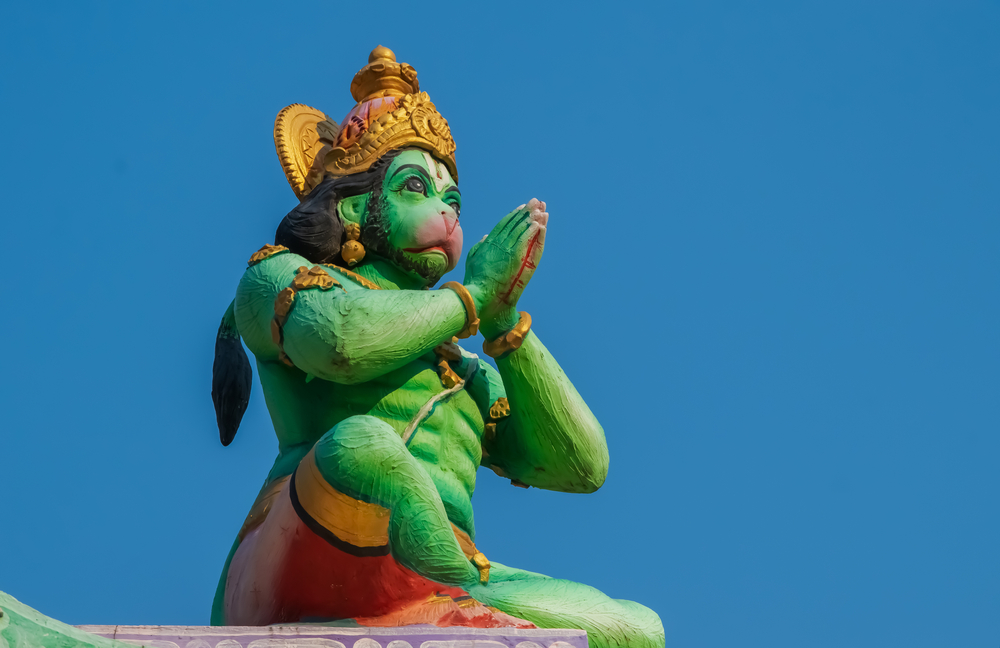
Other Hindu Gods and Goddesses
Within the vast pantheon of other Hindu gods and goddesses who aren’t numbered among the Trimurti or the Tridevi, the following are some of the most commonly venerated.
Kali
The fearsome goddess who is a form of the goddess Parvati. She’s often depicted with a garland of skulls, a skirt of demon hands and a protruding tongue. She is venerated for her power to destroy evil and ignorance.
Ganesha
The elephant-headed god who removes obstacles and serves as the god of new beginnings. Ganesha is the son of Shiva and Parvati, and he’s the first god to be worshipped at the start of any new endeavour or project. He’s said to be fond of sweets!
Rama
The seventh incarnation of Vishnu who killed the multi-headed demon king, Ravana. Rama is one of the most widely worshipped Hindu deities (sometimes even as a supreme god), and he embodies chivalry and virtue.
Krishna
The eighth incarnation of Vishnu, Krishna is sometimes worshipped as a supreme god in his own right. He’s a slayer of many demons, and is depicted with blue-black skin and a crown of peacock feathers.
Hanuman
An incarnation of Shiva who helped Rama to defeat Ravana. One of the eight immortals, Hanuman has the face of a monkey and is a symbol of strength. He is the reason why monkeys are considered to be sacred animals.
These are just a few examples of the most celebrated Hindu deities, but there are many more gods and goddesses in the Hindu pantheon, each with their own unique qualities, attributes, and a legion of fascinating stories, myths and tales attached to them.
---------------------------------------------------------------------------------------------------------
Our Religious Studies Diploma Course is currently available for just £29 for a limited time (reduced from £127).


